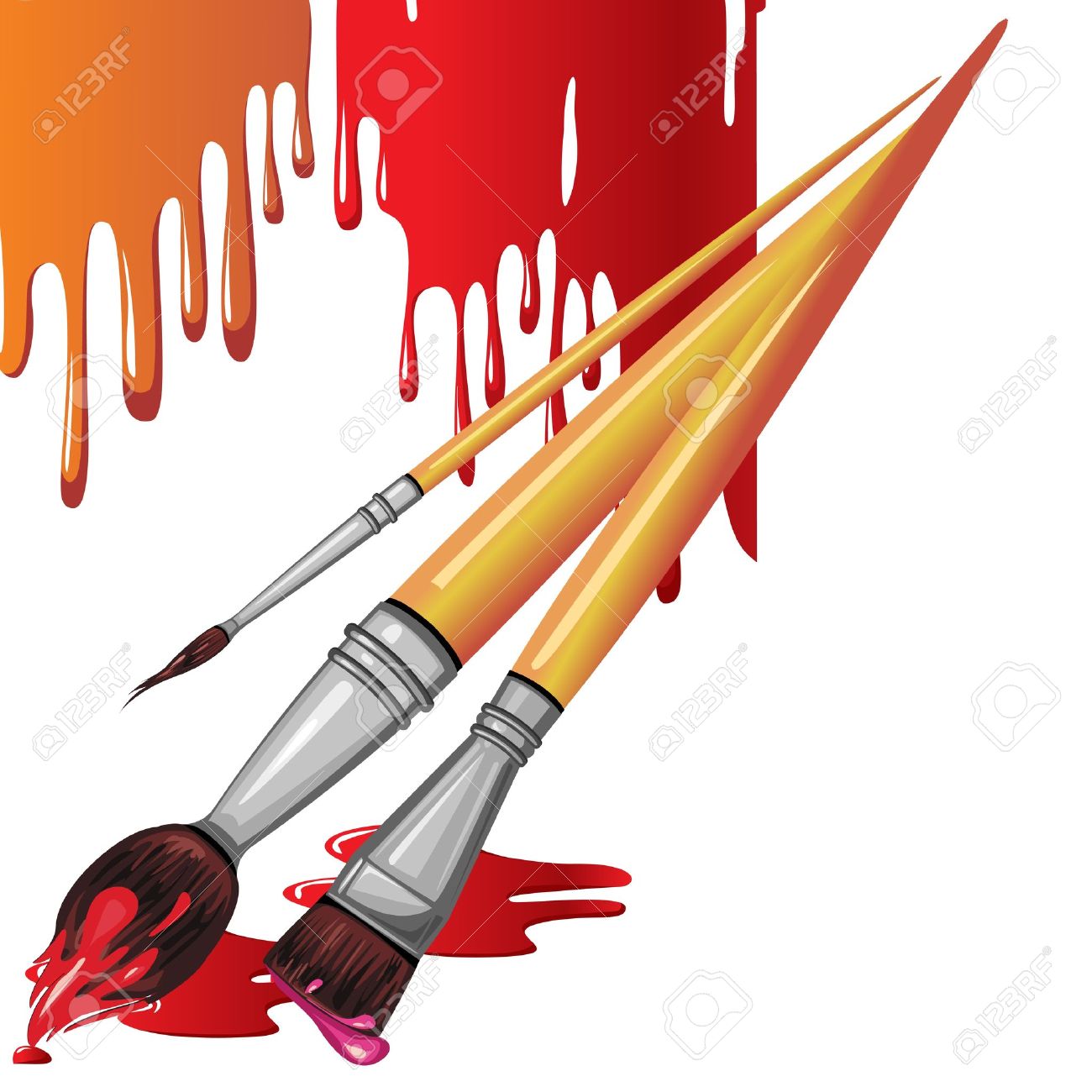How do painters grind paint?
The process of grinding Painters Brisbane is very simple, but the process of grinding varies between different pigments. This means that the artist must know how long the pigment needs to be ground. Some pigments require a longer grinding time than others. The pigment will lose its brilliance if it is ground too long. If the natural ultramarine has been over ground, it can turn to a dull gray. Vermeer did not use homogeneous hand-ground paint. It was passed through rollers in order to even out its coarseness.
The paste is mixed with the pigment in a large pan. The muller continues to grind it until it is smooth. The muller should not hear any grittiness while he is working over the paste. Once the paste has been sufficiently ground, it is ready to be used as a paint. To achieve the same consistency, small amounts of the paste can be ground during the process. The final paint should be smooth and have the same peaks as commercial tube paint.
A binder is required to mix dry pigment with the binder in order to make paint. This binder might need water to make it usable. The base components are combined with a spatula until the paste is stiff and thick. With a palette knife, a small amount of the color paste must be scooped up and placed in the center of the slab. The artist will then use light pressure to grind the color until it has a smooth, buttery texture. The painters will grind the paint into a paste after the painting is complete. The artist must quickly mix the paste with the paint using a spatula.

The sanding process will then be complete. The paint is ready to be painted. These steps will allow the painters to complete their projects faster. These steps will not only smoothen the paint but also ensure consistency. The painters grinding process for mixing the paste with the pigment is very simple. The paint must always be ground in a grinder to achieve a buttery consistency. The consistency of the paint must be uniform across the whole slab.
The pigment should not show any grittiness. The final paint must also stand in peaks and be smooth and buttery. It is not a paste but a mixture of pigments. It’s a mixture that must be ground to a buttery consistency before it can be considered a true colour. Grinding paints takes a lot of time. The paint must be ground until it resembles a paste. It can take anywhere from three to four hours depending on what type of paint is used.
Depending on how thick the pigment is, it can take several months. A muller must ensure that the color is consistent throughout the grinding process. The muller will need to keep the color as consistent as possible and should add additional pigment if it is too thin. The muller will need the paint to be ground again once it has dried.
This process is called “mixing” and can take several hours. To make a recognizable color, the pigments must first be thoroughly mixed. Eventually, the final product will be ready for use. The final painters will have to grind the pigments into a paste that will be suitable for painting. Once the paste is sufficiently ground, it can then be called paint. If the color is too thin, it will not run. After the pigment has been ground it must be dried.
Cracks can result from pigments that are too thin. The pigments will dry out during grinding to make a paste. The color will not be ready for use until it is completely smooth. The muller will then grind more paint to reach the desired consistency. The muller will grind paint until it is smooth. There should not be any grittiness. Once the color is sufficiently ground, it can be called paint. The pigment will dry to a butter-like consistency. It will then stand in peaks much like commercial tube paintings. If the color is not dry enough, it will need additional grinding. The muller will still grind it until it becomes smooth and creamy.

